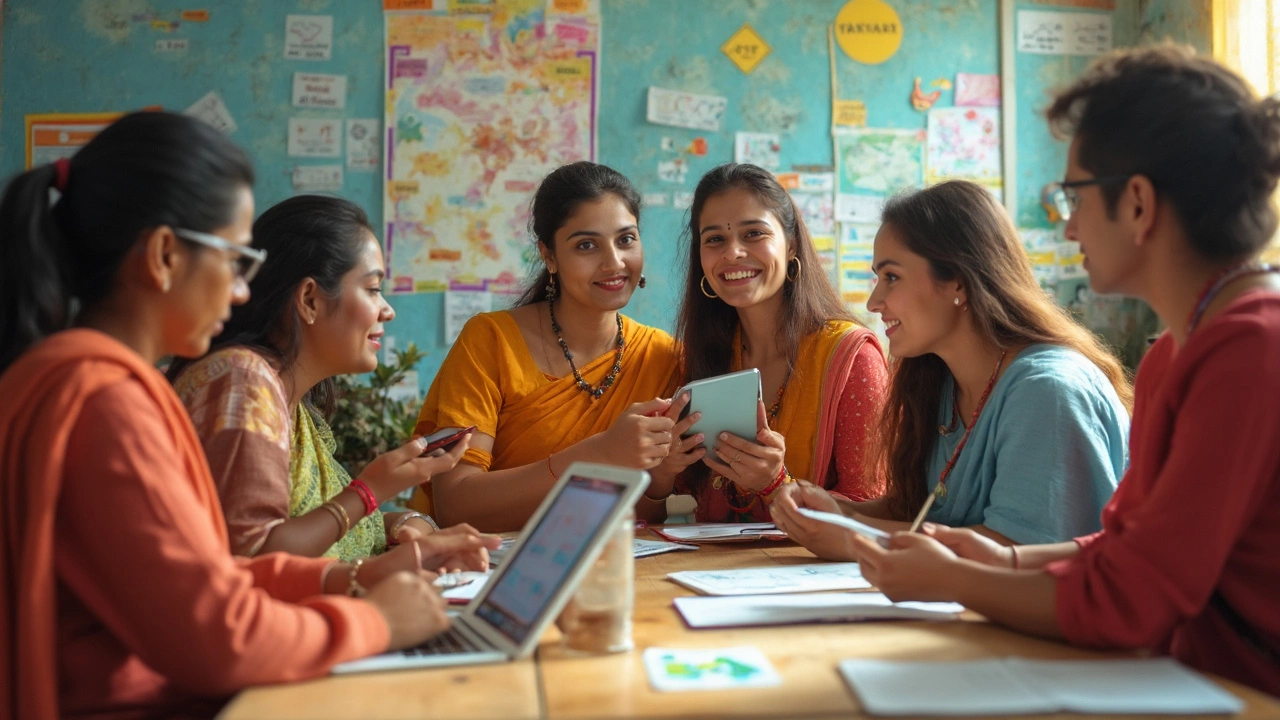Practical Teacher Training: What Works in Real Classrooms
When we talk about practical teacher training, hands-on learning that prepares educators for real classroom challenges. Also known as clinical teaching, it’s the difference between knowing how to explain a math concept and knowing how to get a room full of distracted 14-year-olds to actually understand it. Most teacher education programs focus on pedagogy theory, but the real test happens when you’re standing in front of a class with no script, no backup plan, and a kid who just threw a pencil across the room. That’s where practical teacher training makes all the difference.
It’s not about memorizing lesson plan templates. It’s about learning how to read a room, adjust on the fly, and build trust fast. Top schools now pair new teachers with mentors who don’t just observe—they jump in, co-teach, and give real-time feedback. This kind of classroom skills, the tangible abilities teachers use daily to manage behavior, explain concepts, and connect with students can’t be taught from a textbook. You learn them by doing: running your first quiz, handling a meltdown, calming a group after a fire drill. It’s messy. It’s human. And it’s the only way you get good.
What you won’t find in most university courses? How to deal with parents who think their child is a genius but won’t do homework. How to use a whiteboard when the projector’s broken. How to tell if a student is struggling because the material’s too hard—or because they’re scared. These are the hidden parts of teaching methods, the real-world techniques educators use to make learning stick, not just cover curriculum. And they’re the reason some teachers thrive while others burn out in their first year.
Practical teacher training doesn’t wait for graduation. The best programs start it in year one. You’ll spend more time in actual classrooms than in lecture halls. You’ll record your lessons, review them with peers, and try again. You’ll learn what works in a rural school versus an urban one, with 40 kids in a room versus 15. You’ll see how the same strategy can fail in one grade and explode in another. That’s not theory—that’s adaptation. That’s real teaching.
And it’s not just about content. It’s about connection. Can you spot the kid who’s quiet because they’re shy—or because they’re being bullied? Can you turn a disruptive student into a class helper? Can you make a child who failed math last year believe they can pass this time? These aren’t skills you learn from a PowerPoint. They’re built through repetition, reflection, and real consequences.
Below, you’ll find real stories, real data, and real advice from teachers who’ve been there. No fluff. No jargon. Just what actually helps someone go from nervous first-year teacher to confident educator. Whether you’re starting out, switching careers, or just trying to do better tomorrow—this is the training that sticks.

Best Training for Teachers: What Actually Works?
May 6, 2025 / 0 Comments
Not all teacher training is created equal. Some types make you better at your job, others are a waste of precious time. This article breaks down which teacher training approaches give real results, based on hands-on strategies and what actually helps in the classroom. You'll get practical tips and find out what to look for if you want to improve fast. If you're tired of boring workshops, this one's for you.
READ MORERECENT POSTS
- Dubai vs India Education: Which System Performs Better?
- Which Learning Platform Pays the Most? Top Platforms for Earning While You Learn
- Why Coding Can Be a Tough Nut to Crack
- How to Volunteer for Your Local Government: A Complete Guide
- Cheapest College Courses: How to Find Low-Cost Education in 2025